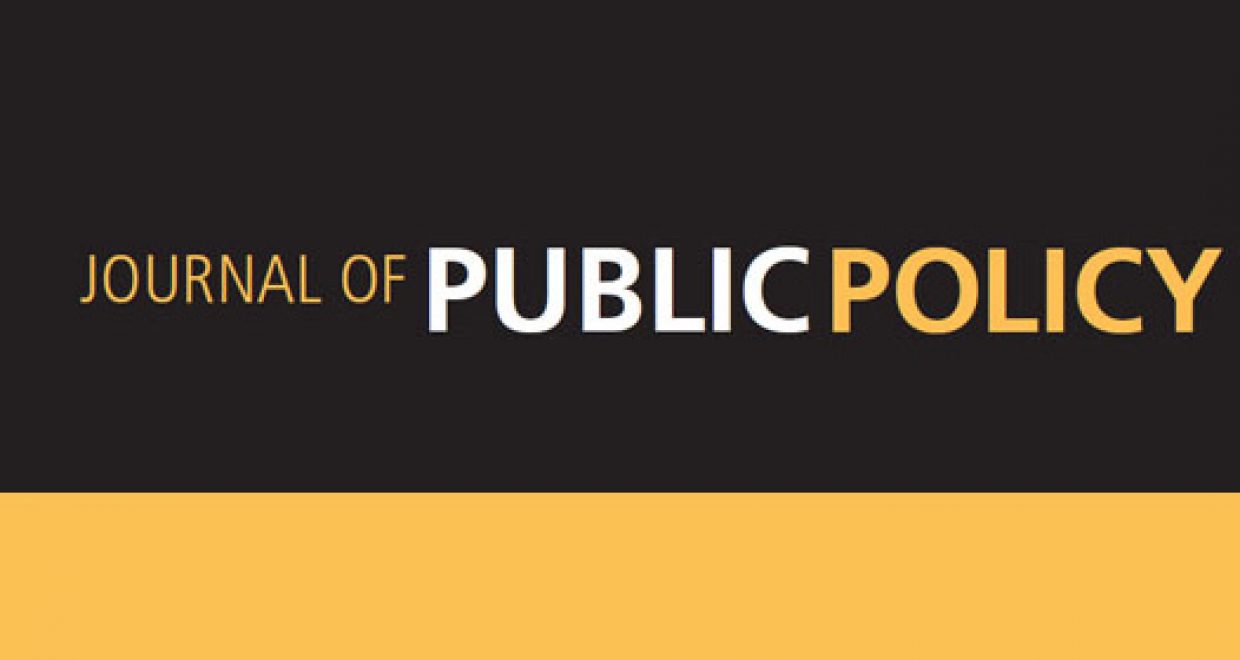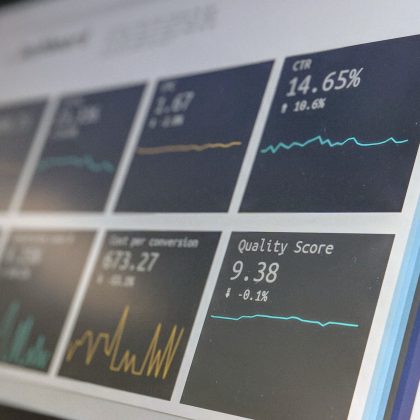The strings of the ‘golden straightjacket’: How sovereign credit ratings constrain democratic choice in developing and developed countries
In the past three decades, credit rating agencies have been in the limelight on more than one occasion, and not in a good way. They have been blamed for failing to predict the Asian financial crisis of 1997, for actively contributing to the subprime mortgage crisis that started in 2007, and for subsequently triggering a wave of European sovereign debt crises. But even outside of crises, observers have raised important questions about the gatekeeping role that credit rating agencies play in regulating countries’ access to global credit markets and about the power they exercise over sovereign countries’ democratic choices
In his oft-quoted New York Times op-ed from 1996, Thomas Friedman wrote: “I’ve been thinking that maybe the bond market is the end of history. Moody’s and the bond market are now imposing on democracies economic and political decisions that the democracies, left to their own devices, simply cannot take.” In 2011, The Guardian asked: ”Who elected David Beers [head of Standard and Poor’s sovereign rating department at the time] or his Moody’s and Fitch counterparts? By what right do they decide on the fate of governments, economies, debts and peoples?”
But do sovereign rating agencies actually “impose on democracies economic and political decisions”? Do they tell them what policy and political choices to make and which ones to avoid? Or do they simply track indicators of debt, borrowing, inflation and economic growth and draw conclusions about the given country’s ability to service its debt and in time? When Moody’s claims that “We’re agnostic as to how [borrowers] achieve things like budget balance. Some raise taxes, some cut expenses, some do both, but we’re agnostic to how they do it as long as the budget is balanced”, should we believe them?
Our article, recently published in the Journal of Public Policy, provides definitive evidence that sovereign rating agencies do significantly scrutinize countries’ political and policy choices. Our analysis of sovereign rating reports issued by Standard and Poor’s (S&P) shows that S&P bases its decisions about countries’ rating to a significant extent on political and policy developments. Departing from earlier approaches, which studied how ratings correlate with various economic variables and institutional factors, we explored what a rating agency itself says – in its sovereign rating reports issued to justify its rating decisions – about its motivations for awarding a country a given rating.
We found that S&P’s reports consistently comment on political conditions – like elections, intra-governmental dynamics or political scandals – and scrutinize policy choices well beyond those directly linked to borrowing and debt, expressing opinions on politically sensitive policy issues like welfare reform, privatization, liberalization and the like. What is more, in a separate section entitled ‘Outlook’ they even give warnings about the consequences of potential future political and policy developments for the given country’s rating, essentially putting a ‘price tag’ on future political and policy alternatives.
At the same time, we also found interesting variation in the emphasis S&P puts on politics and policy in different types of countries at different points in time. While policy is consistently scrutinized in all countries at all times, politics used to receive significantly less attention in developed countries before the global financial crisis. Since the crisis, politics is a consistently important element of rating decisions in all countries.
Our findings add an important piece to our understanding of the constraints financial markets place on sovereign governments. The scope and strength of these constraints have long been at the center of an important debate in international political economy. Some scholars warned that global financial integration puts countries into a ‘golden straightjacket’ as investors reward the political and policy choices that they like, but harshly penalize the ones they do not. Others nuanced this view, arguing that the ‘golden straightjacket’ only applies to developing countries. A seminal piece by Layna Mosley claimed, based on extensive interviews with investors, that when it comes to developed countries, investors only pay attention to headline indicators of growth, inflation, deficit and debt and otherwise allow developed countries ample ‘room to move’ in their political and policy choices. Others also confirmed that certain privileged groups of countries enjoyed preferential treatment relative to less privileged ones. Yet, evidence also consistently shows that financial market prices react to politics, government partisanship, and political institutions as well as politically-loaded policy choices like taxation, the size of the government, or welfare spending across all countries.
With this debate in mind, we analyzed the text of 635 sovereign rating reports issued by S&P between 1999 and 2012 for 40 European countries. We focused on the relative frequency of terms related to politics, policy issues, macroeconomic conditions and fiscal indicators within the texts. We investigated the variation in the patterns of analysis across different country groups and time, contrasting developed with developing countries. We also explored the impact of European Union (EU) membership within the developing category, and compared patterns before, during and after the onset of the global financial and economic crisis. Of the ‘big three’ rating agencies, we focused on S&P, because it is arguably the most influential of the three, and often a leader in downgrading countries. Our geographic sample was chosen to enable our investigation to be sensitive to potential differences in S&P’s attitudes towards different categories and privileged country groups, as Europe has an even mix of developed and developing countries, while the EU arguably constitutes a privileged group within the continent (or at least it did before the successive crises that have befallen it since 2008). The years between 1999 and 2012 allowed us to capture the impact of the global financial and economic crisis on the degree to which S&P incorporates political and policy factors into its ratings.
We found that – although macroeconomic and fiscal analysis constitutes the larger part of the justification for rating decisions – politics and policy reliably made up over a third of the substantive content of reports. Contrary to the ‘room to move’ thesis, we found that policy was consistently closely scrutinized across all country groups. Political developments, on the other hand, received much less attention in developed countries prior to the global financial crisis. Intriguingly, EU-membership conferred the same advantage on countries in developing status that acceded the union in 2004. Since the crisis, no country’s politics is immune to political examination, and the weight of political analysis increased across all categories of countries.
Our results suggest that credit rating agencies play an important role in tightening the strings of the ‘golden straightjacket’. Rating decisions are based to a significant degree on the close scrutiny of politics and policy. Since ratings significantly influence government bond prices, political and policy considerations find their way into bond prices even if investors are otherwise unconcerned with politics or policy. These results are consistent with earlier findings that government partisanship and welfare policies influence bond prices through sovereign ratings. Based on our systematic analysis of texts published by the credit rating agencies themselves to justify their rating decisions, the evidence that political and policy factors shape sovereign rating decisions is now all the more compelling.
– Zsófia Barta, University of Albany and Kristin Makszin, Leiden University College The Hague.
– Zsófia Barta, Kristin Makszin’s Journal of Public Policy article is available free of charge until the end of August 2020.






